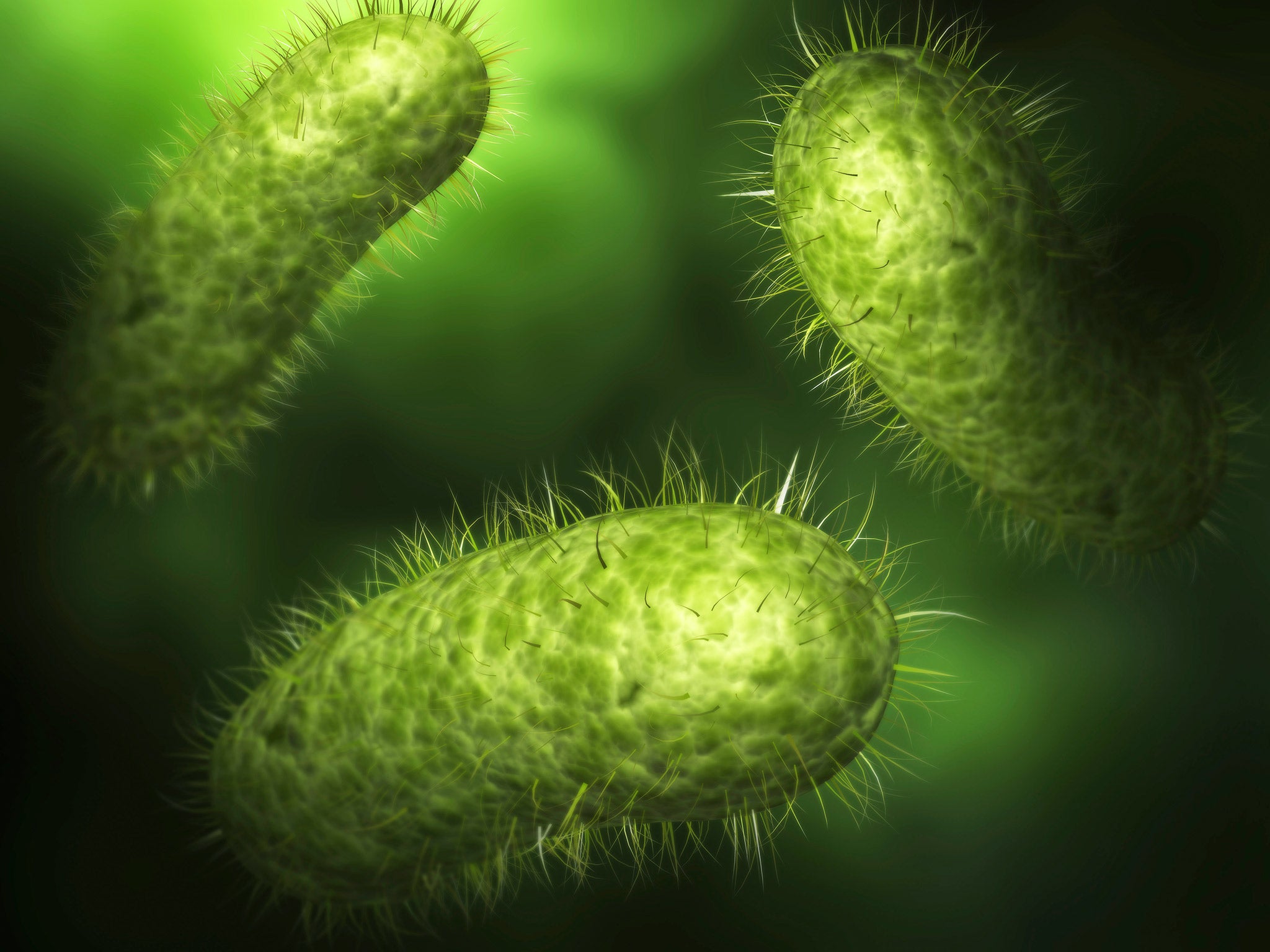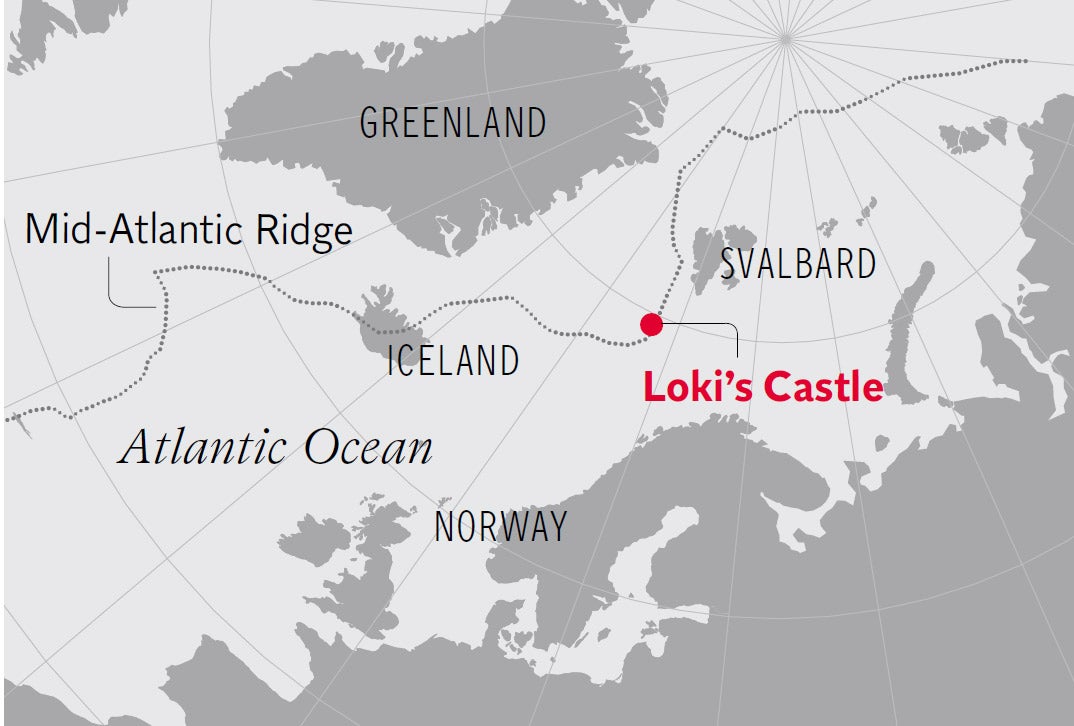Discovery of 'missing link' between the two main life-forms on Earth could explain evolution of animals, say scientists
'We’ve identified an organism that seems to represent a very distant cousin of ours and in doing so it tells us something about our own dark past'

Your support helps us to tell the story
From reproductive rights to climate change to Big Tech, The Independent is on the ground when the story is developing. Whether it's investigating the financials of Elon Musk's pro-Trump PAC or producing our latest documentary, 'The A Word', which shines a light on the American women fighting for reproductive rights, we know how important it is to parse out the facts from the messaging.
At such a critical moment in US history, we need reporters on the ground. Your donation allows us to keep sending journalists to speak to both sides of the story.
The Independent is trusted by Americans across the entire political spectrum. And unlike many other quality news outlets, we choose not to lock Americans out of our reporting and analysis with paywalls. We believe quality journalism should be available to everyone, paid for by those who can afford it.
Your support makes all the difference.Scientists have discovered a “missing link” between the two main life-forms on earth which could help to explain the evolution of organisms with complex cells like those found in all animals including humans.
Until now the division between the simple cells of microbes such as bacteria from the more complicated cells of animals and plants has been so abrupt and absolute that it was difficult to see how one could have evolved from the other.
However, researchers have now found a new microbial species that sits between the two branches of life, and which appears to be a living descendent of the last common ancestor of both the simple microbial life-forms and the complex life we see all around us.
“We’ve identified an organism that seems to represent a very, very distant cousin of ours and in doing so it tells us something about our own dark past,” said Thijs Ettema of Uppsala University in Sweden, who led the research team.
“We are looking at the origin of complex life which occurred sometime after the origin of life itself. This discovery puts the origin of complex life in the spotlight,” Dr Ettema told The Independent.
It is believed that life on earth originated more than about 3.5bn years ago but about 2bn years ago it began to evolve into two broad branches – the “prokaryotes”, such as the simple cells of bacteria, and the “eukaryotes” with complex cells containing a nucleus and other intricate internal structures.
However in a study published in the journal Nature, the researchers found a new organism with the genes of both groups. It was found in sediment samples retrieved from the seabed about 10km (6.2 miles) away from a volcanic hydrothermal vent called Loki’s Castle situated in the mid-Atlantic between Greenland and Norway at a depth of 2,352 metres.

The new microbe belongs to a prokaryotic subgroup called the Archaea but, uniquely, it also possesses about 100 genes that have until now only been found in eukaryotes. Interestingly, these genes are known to be involved in forming the membranes that developing into complex structures within a cell, Dr Ettema said.
“Initially we thought this was really weird, there must be some kind of contamination in our sample. We knew that there should be no eurkaryotes in these samples yet we saw these eukaryotic genes – so we thought this is either a contamination or something really interesting,” he said.
The full genome of the organism, formally named Lokiarchaeota but known simply as “Loki”, has been sequenced which has enabled the researchers to identify it as a new species. However, the scientists have not yet been able to grow and microbe in the laboratory, partly because these deep-sea life-forms grow very slowly, with cells dividing about once every 10 years, Dr Ettema said.
“The puzzle of the origin of the eukaryotic cell is extremely complicated, as many pieces are still missing. We hoped that Loki would reveal a few more pieces of the puzzle, but when we obtained the first results, we couldn’t believe our eyes – the data simply looked spectacular,” he said.
“By studying its genome, we found that Loki represents an intermediate form, in-between the simple cells of microbes, and the complex cell types of eukaryotes…This is very exciting. These genes had never been found outside eukaryotes,” Dr Ettema said.
Asked whether Loki represents a missing link between the two great branches of life, Dr Ettema said: “In a popular scientific way you could say that. If you look at the term ‘missing link’ it is something that lived back in time and is the last common ancestor of prokaryotic and eukaryotic organisms.
“This is an organism living today is a descendent of the last common ancestor perhaps – but is has retained characteristics of the last common ancestor. This is interesting because we can say that this ancestor might have been somewhat more complex than we had previously thought,” he added.
Loki is named after the deep-sea hydrothermal vent called Loki’s Castle, which itself is named after the Norse god Loki, who was known as the trickster deity.
“This also reflects a little bit the field of the origin of eukaryotes. People do not agree with one another,” Dr Ettema said.
“This is not the end of the debate. I’m sure there’s more out there than meets the eye and we’ll find even more spectacular things,” he said.
Join our commenting forum
Join thought-provoking conversations, follow other Independent readers and see their replies
Comments